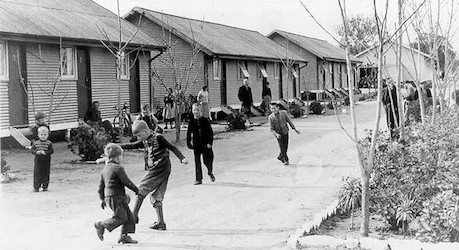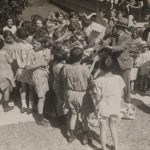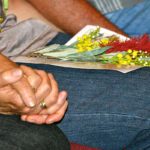From War to Orphanage
- Jul 22, 2022
- In Features
We first put out a call for information about children from the Bonegilla Migrant Camp in February this year. You can read it here https://www.findandconnect.gov.au/2022/02/bonegilla/
Since then we’ve discovered more information about the children who passed through Bonegilla, but there’s still a long way to go to fully understanding this part of Australian welfare history. Bonegilla was the largest of the migrant accommodation camps, however there were other such centres throughout Australia.
The requirement for displaced persons to sign a contract binding them to employment (assigned by the authorities) for 2 years had significant consequences on their children, particularly for children of single parents.
Parents placed in work far from accommodation camps were often left without the option of childcare – this was exacerbated in single parent families where the opportunities to juggle work and family were even more limited.
Some women were able to find housekeeping work with their children, and there are reports of women working in the same orphanages and similar institutions where their children were placed.
We know that many children, despite arriving with at least one parent or caregiver, ended up in orphanages all over the country due to the 2 year work placement requirement. We also know that the the standard of care could be quite different to that provided to Australian children. Children of displaced persons could be visited by their parents, unlike Australian children who were often isolated from their family. In one orphanage, a mother visited their child each night at bedtime – unheard of for other children.
Australian parents could be prevented from removing their children from care as their circumstances changed, however children of displaced persons were free to leave as the opportunity arose. These children could remain in care for a matter of days to months or years, depending on the proximity or obligations of their parents.
Unfortunately there were few records kept around the policies for children of displaced persons, or even of their everyday life in care. So far we’ve been able to find traces of 500 children who lived in care after Bonegilla, but there are many, many more.
If you know of any children who lived at an accommodation camp and spent time in care, we’re keen to hear from you. You may have been in an institution and remember children coming through. You may have been at school with these children, many of whom could not speak English, or remember people in your community speaking about them. You may have attended one of these centres yourself and have some recollections about parents’ work placements and the impact on their children. If so, please contact us at find-connect@unimelb.edu.au. You’re welcome to remain anonymous in this significant effort to piece together an important part of our shared history.
With thanks to Frank Golding






